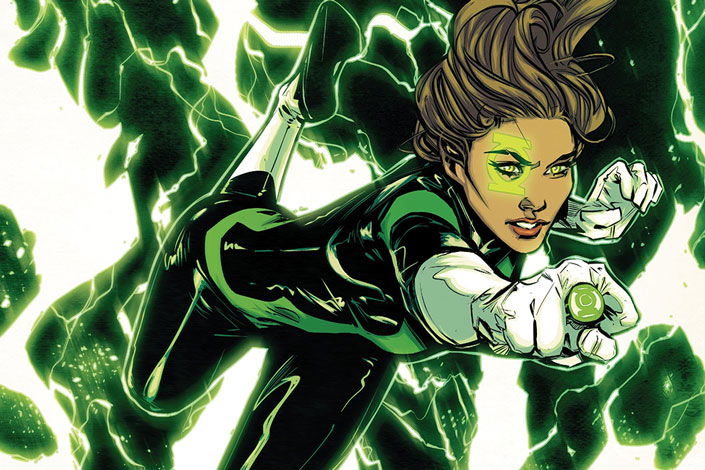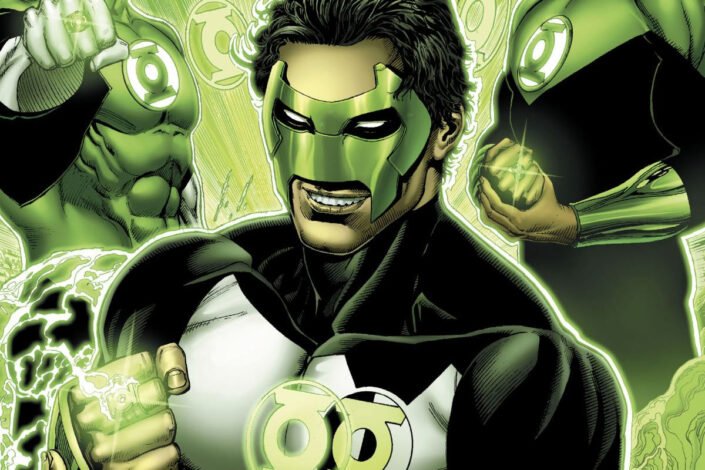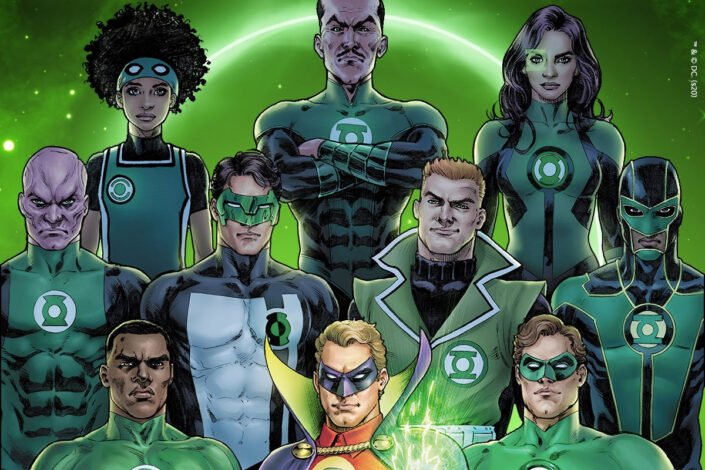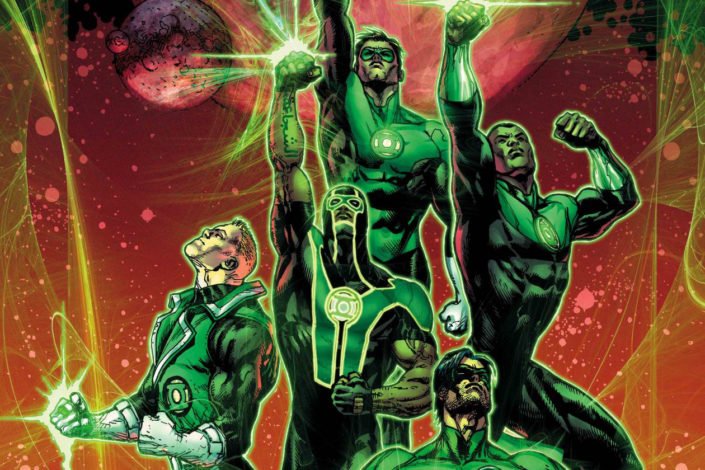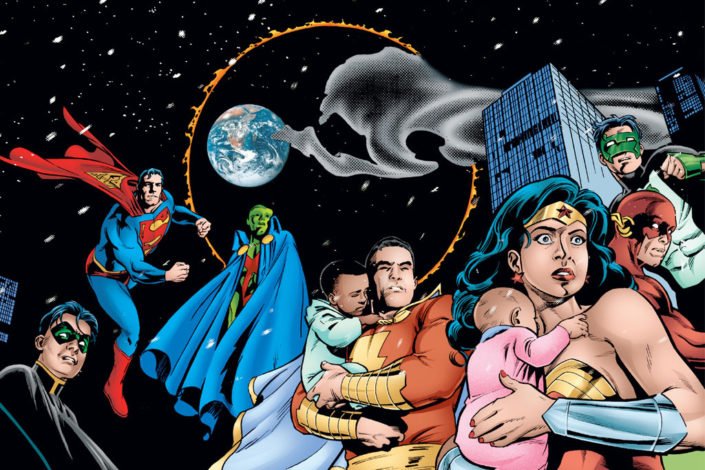John Stewart’s Evolution: From Green Lantern Backup to Corps Leader
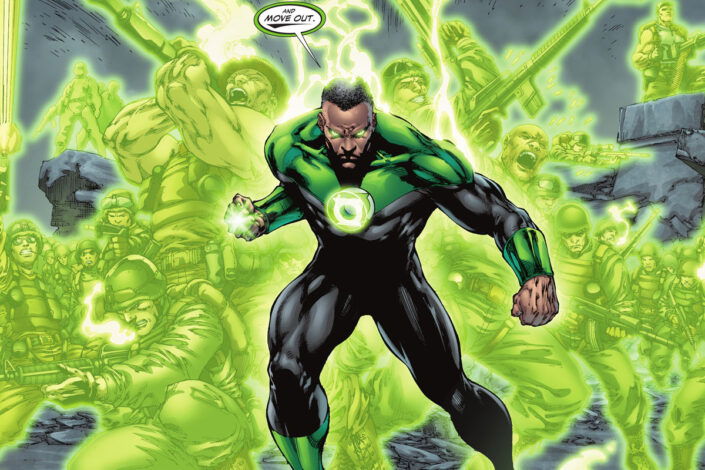
Among the Green Lanterns from Earth, John Stewart is one of the most popular and he may be gaining more fans soon as he is one of the main characters in the Green Lantern TV Show coming on HBO–played by actor Aaron Pierre.
Created by Dennis O’Neil and Neal Adams in Green Lantern vol. 2 #87 (1971), John Stewart was one of the first African-American superheroes to appear in DC Comics. Still, he didn’t immediately become one of the most prominent ones.
In fact, after this first appearance, he only came back four years later for a team-up with the Justice League of America (in Justice League of America #110, in 1974). He then continued to pop up only sporadically in Green Lantern comics until the mid-1980s with Crisis on Infinite Earths and his time as the main protector of sector 2814 in Green Lantern (from #182 to #200).
It was a slow start but John Stewart’s cosmic adventures are still going strong today.
Read More »John Stewart’s Evolution: From Green Lantern Backup to Corps Leader
